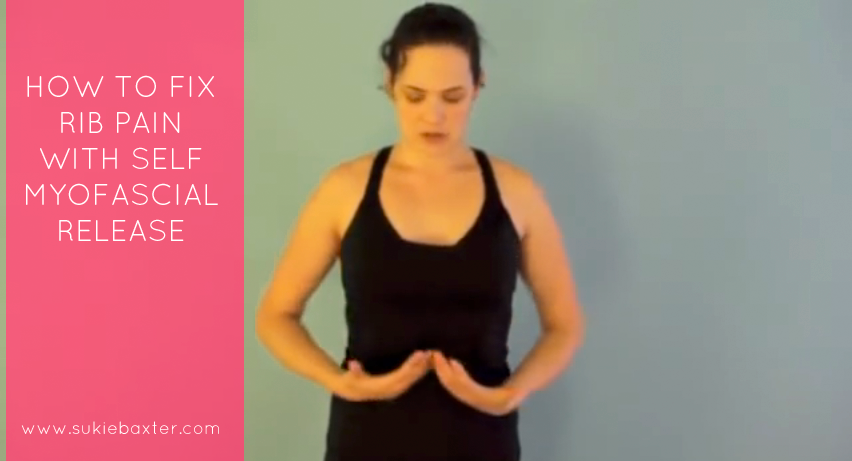
Do you ever have a sharp pain in your side when you breathe? Do your ribs ache after you sit for a long period of time?
Ribs are actually very mobile little bones. In fact, they’re supposed to roll around when you breathe just like venetian blinds open and close; however, if you’ve injured your ribs through impact or even by breaking one, it’s likely that you have scar tissue or tight, restricted intercostal muscles – the tiny muscles between your ribs – that are causing you some discomfort.
Also, your ribs are plugged into your spine in the back. They articulate with the vertebra, so every time your spine moves (which is often, by the way) your ribs move, too. Therefore, if you have tightness and pain in your ribs, it directly affects your spine and back. Alleviating tight, twisted ribs will also help relieve back and neck pain.
Check out this video for a simple walkthrough of releasing tight or twisted ribs and their surrounding tissue.